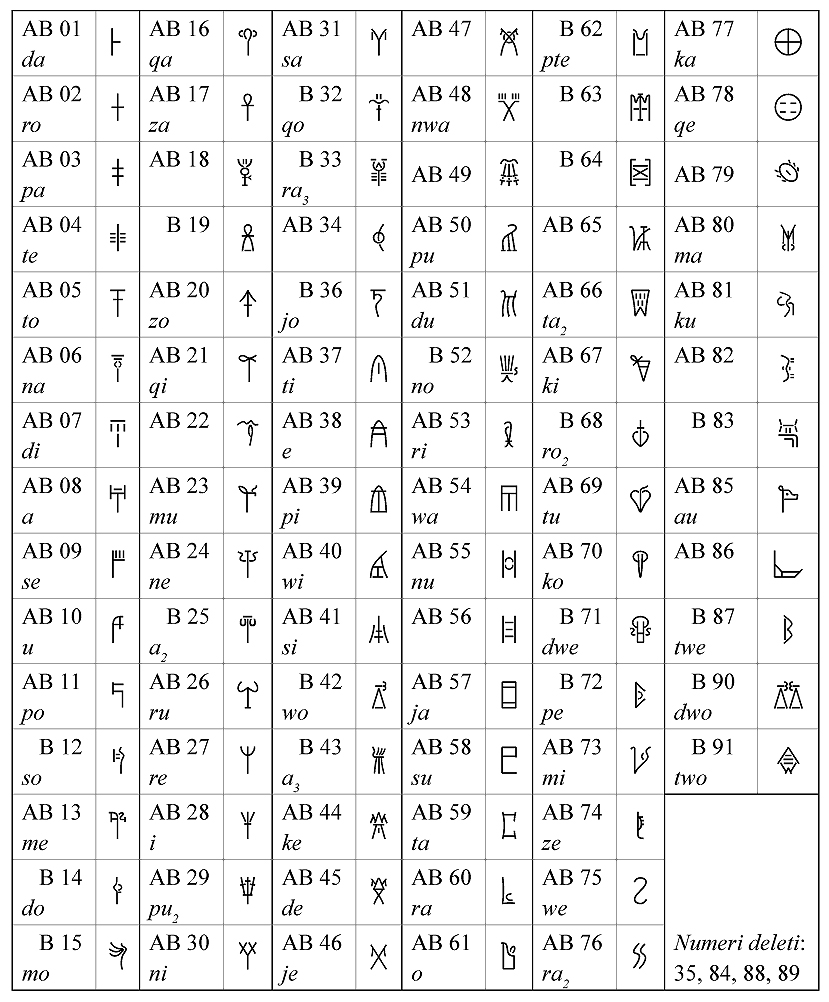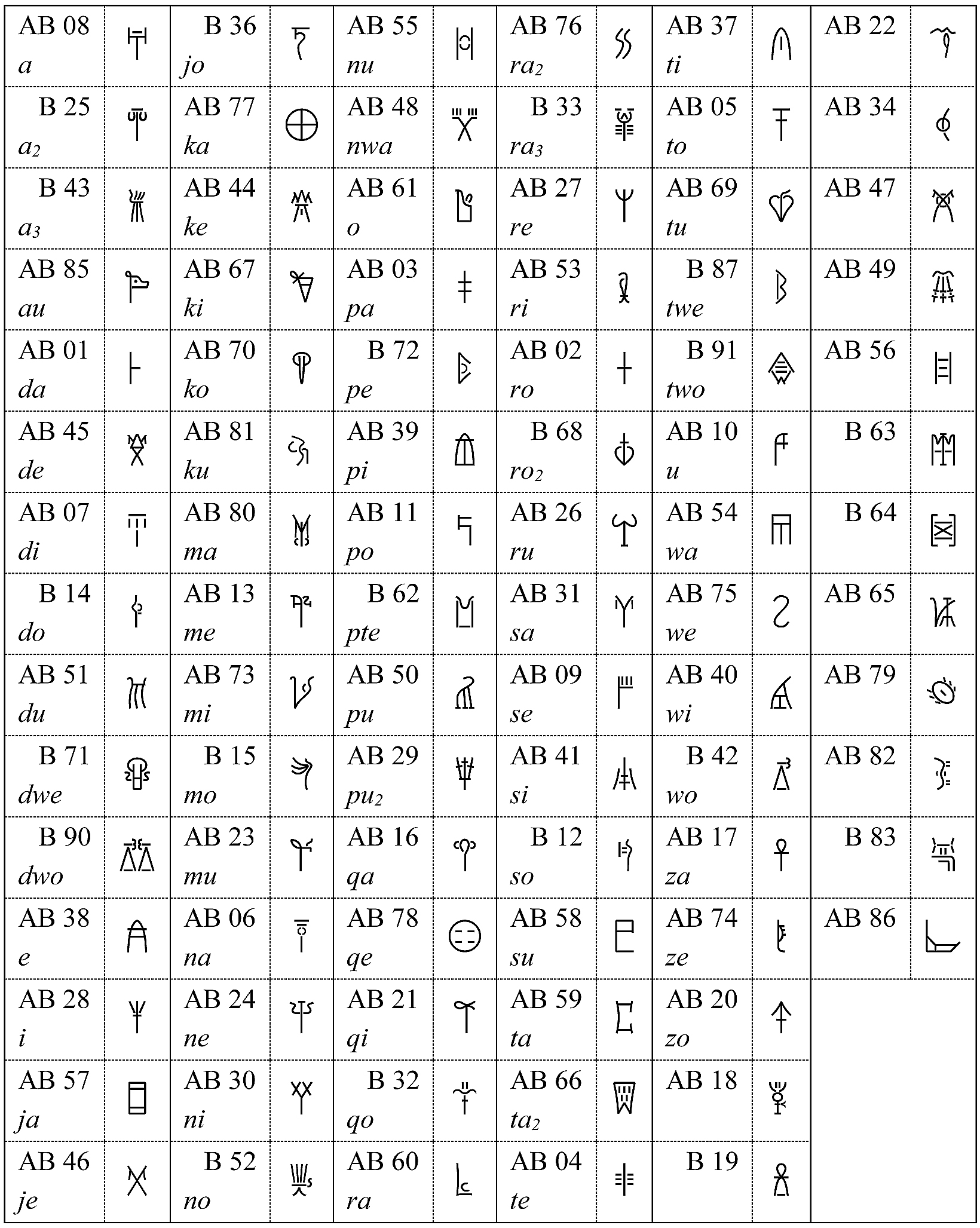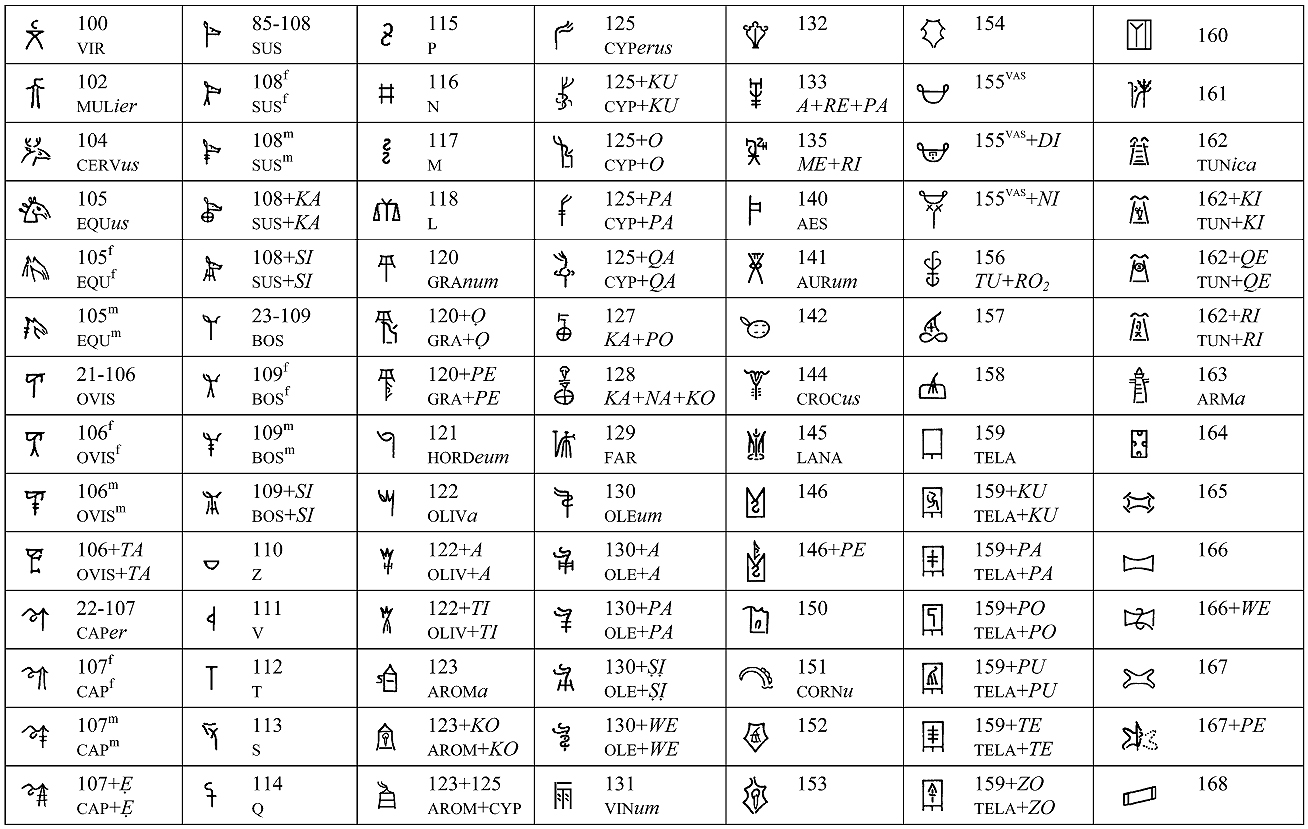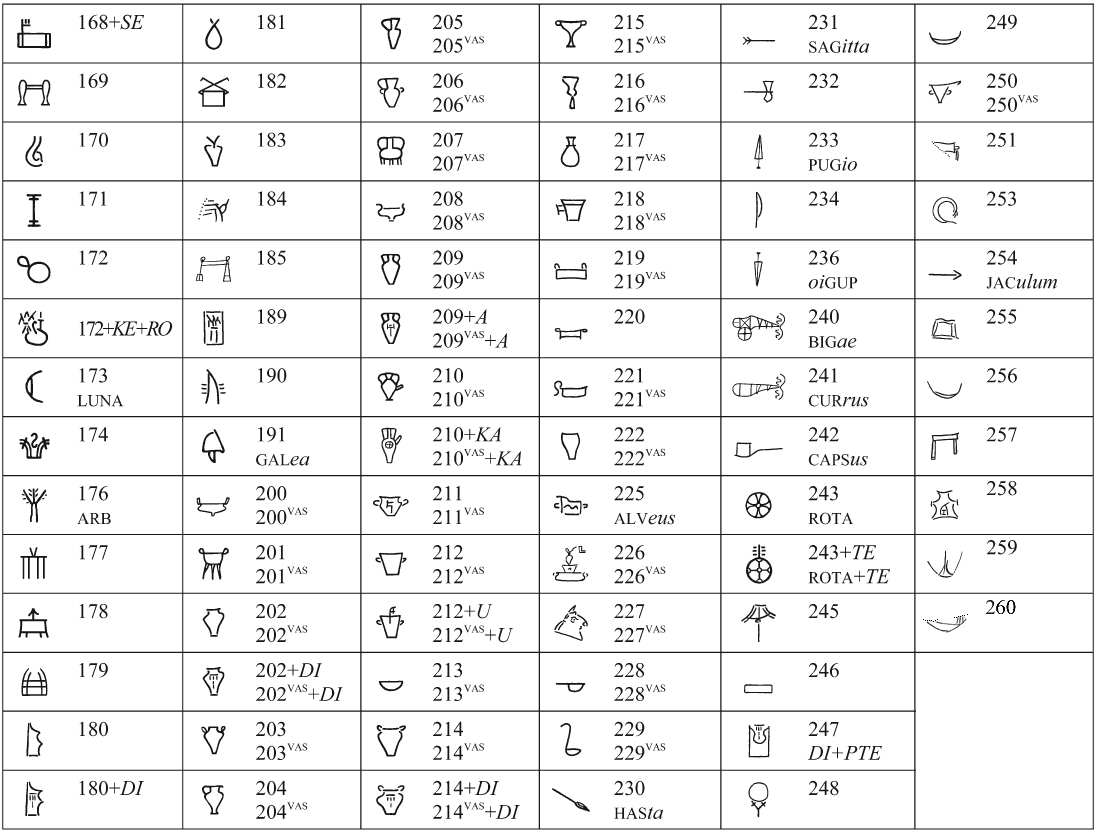Document
Tn 316
Findspot
Room 8 (8.2219)
Scribe
44A/44B
Palmprint
—
Chronology
LH III B2
M. Inv. No.
National Archaeological M. Athens 12566
| Bennett 1979; Del Freo 1996-1997; Godart 2009; Godart 2012; Olivier 2012. | ||
| r. | (Hand 44A) Identified by its smoother surface, not by its text (Bennett 1992, p. 110); palimpsest (for ruling, see PTT, p. 235-236, but other explanations are possible). | |
| .4 | AUR *213VAS over a complex erasure. PTT: « first *213VAS over erasure, probably ⟦AUR *213VAS ⟧, probably to allow the addition of MUL 1 after po-si-da-e-ja had been written ». The hypothetical ⟦*213VAS⟧, however, could be a palimpsestic metrogam « Z » (cf. palimpsestic « V » on line .3, between po- and -ti-). | |
| rpsr | In the lower right-hand corner more or less erased signs are discernible (still visible are three or four « re » above three or four « pi » themselves preceded by a « mi »); along the edge the « formula » ḍị-we si-po-ro ti-mi-to can be read (cf. Aq 218 v. and Xa 412 v.: see Bennett 1992, p. 110, and Del Freo 1996-1997, p. 157-158 and pl. B) probably over other erased signs. | |
| v. | (Hand 44B) Palimpsest. | |
| .1 | i-je- over erasure. | |
| .2 | po-re-na-qe , a- over erasure. | |
| .3 | ṇạ-[ ]: over three rather badly erased signs, the last one being a ⟦ṭị⟧ over which nothing was rewritten: on the other hand, the sign rewritten after ṇạ- could be a -ṭị surmounted by a q̣ẹ (ḳạ is more difficult), itself probably over a particular erasure, with perhaps a small horizontal stroke between them: the whole epigraphically rather difficult (cf. Del Freo 1996-1997, p. 153 and pl. A; ṇạ-*1̣9̣ not excluded: PT3). | |
| .5 | a‹-ke›; AUR *213VAS: traditional transcription (Bennett 1992, p. 110 would have preferred AUR*213VAS, we would prefer *213VAS+AUR). | |
| .6 | ARG *213VAS: see note on line .5. |

© Hellenic Ministry of Culture (HOCRED)
© The Palace of Nestor Excavations, Department of Classics, University of Cincinnati (photo by Emile Seraphis)
© The Palace of Nestor Excavations, Department of Classics, University of Cincinnati (photo by Emile Seraphis)



